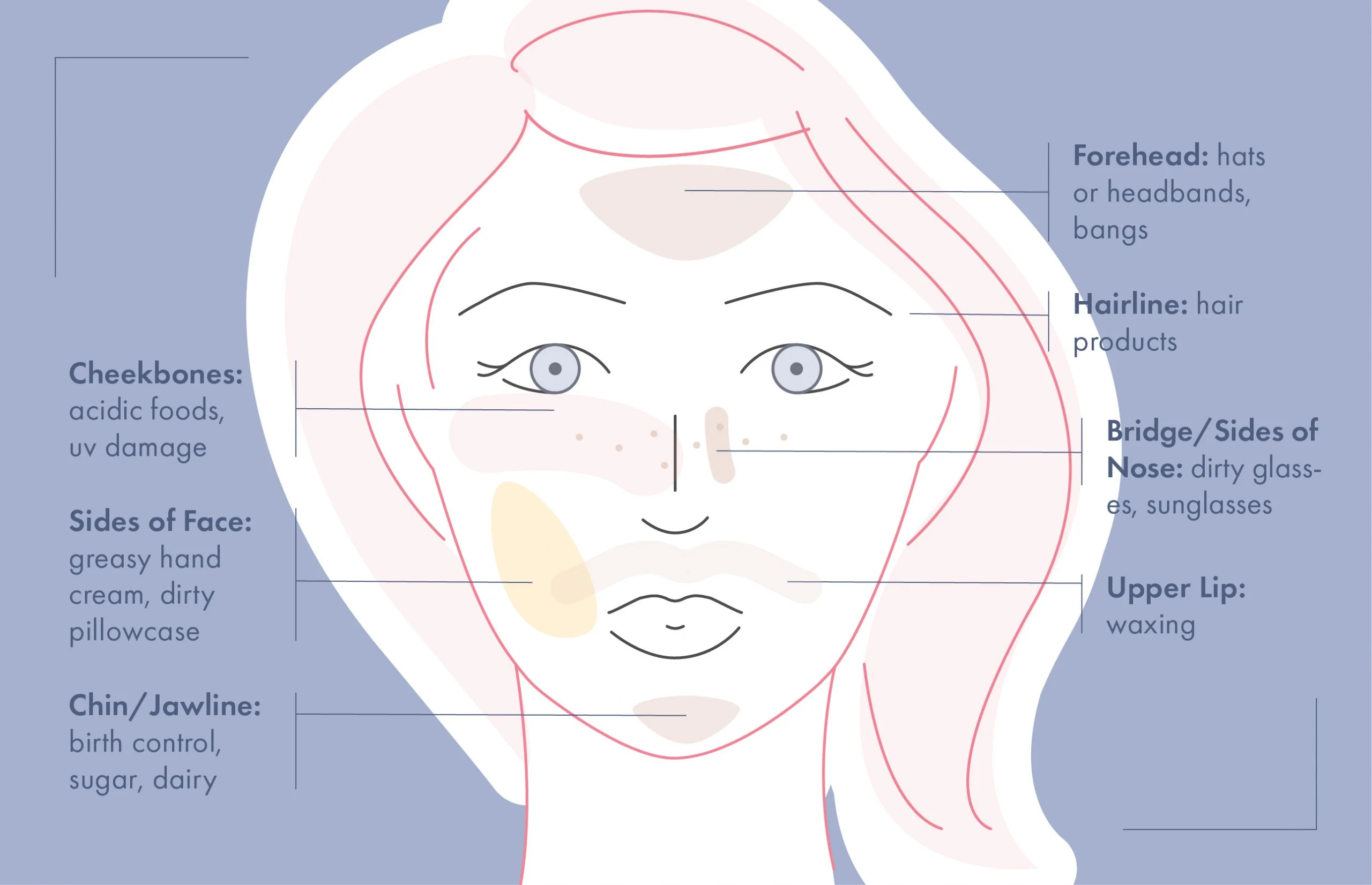Overlooked Spots That Trap Dirt and Bacteria

Introduction
A sectional sofa is a centerpiece of comfort and style in many homes, offering ample seating and a cozy space for family and guests. However, due to its size and design, it also tends to accumulate more dust, dirt, and bacteria than regular sofas. While most people clean the visible parts of their sectional, they often neglect hidden areas where grime builds up over time.
In this article, we’ll uncover the most commonly overlooked spots on your sectional sofa and explain how professional deep cleaning can help restore its cleanliness and freshness.
1. Why Sectional Sofas Accumulate More Dirt Than Regular Couches
Unlike standard couches, sectionals have multiple sections, deep crevices, and larger surface areas, making them more susceptible to dirt and allergens. Here’s why they require extra care:
🔹 Hidden gaps between sections – collect crumbs, dust, pet hair, and even mold.
🔹 More fabric exposure – larger upholstery areas absorb more sweat, body oils, and bacteria.
🔹 Rarely moved for cleaning – dirt and allergens accumulate underneath and behind the sofa.
🔹 Heavy daily use – sectionals often serve as family gathering spots, increasing the risk of stains and spills.
2. The Most Overlooked Dirty Spots on a Sectional Sofa
Even if you vacuum and spot-clean your sectional regularly, certain areas are easy to miss. Let’s take a closer look at these commonly overlooked dirty spots.
1) Crevices and Gaps Between Sections
Food crumbs, dust, and small debris easily fall between the gaps of sectional pieces. Over time, these hidden particles can attract pests, mold, and bacteria.
✔️ Signs of dirt buildup:
- Crumbs or debris visible when separating sections.
- Unpleasant odors coming from deep within the sofa.
- Increased allergy symptoms due to trapped dust and pet dander.
☑ How to clean it?
- Separate sectional pieces occasionally to remove trapped debris.
- Use a vacuum cleaner with a crevice tool to reach deep into narrow gaps.
2) The Underside of Cushions and Frame
Most people focus on cleaning the top surface of their sectional but forget to check underneath the cushions and along the frame. Dust, pet hair, and bacteria thrive in these hidden areas.
✔️ Why it’s important to clean?
- Dust mites can accumulate in fabric folds and cause allergies.
- Spilled liquids or food can soak into the base, leading to mold growth.
☑ How to clean it?
- Remove all cushions and vacuum underneath regularly.
- Use an upholstery cleaner for deep extraction cleaning.
3) Armrests and Headrests
These high-contact areas absorb sweat, oils, and bacteria from regular use. Over time, the buildup can cause discoloration, unpleasant odors, and even fabric damage.
✔️ Signs of buildup:
- Darkened or greasy patches on fabric.
- Persistent odors even after basic cleaning.
☑ How to clean it?
- Wipe with a damp cloth weekly.
- Schedule professional cleaning to remove deep-set oils and bacteria.
4) The Back and Sides of the Sofa
Since sectionals are often pushed against walls or corners, the back and sides accumulate dust and dirt but rarely get cleaned. This can contribute to indoor air pollution and affect overall hygiene.
✔️ Why it matters?
- Dust buildup can trigger allergies and respiratory issues.
- Spider webs and pet hair can collect in rarely cleaned areas.
☑ How to clean it?
- Move the sofa away from the wall occasionally and vacuum behind it.
- Use a microfiber cloth to wipe down the back and sides.
5) The Base and Floor Area Underneath
The space underneath a sectional is a common hiding spot for dust, lost items, and even insects. Many people overlook this area because moving a sectional can be challenging.
✔️ What hides underneath?
- Dust bunnies, pet dander, and allergens.
- Small objects like toys, coins, or food wrappers.
☑ How to clean it?
- Use a vacuum with an extension hose to reach under the sofa.
- Lift each section periodically to remove trapped debris.
3. Why Regular Home Cleaning Isn’t Enough
While vacuuming and spot-cleaning help maintain your sectional’s appearance, they don’t eliminate deeply embedded dirt, bacteria, and odors.
📌 Limitations of DIY cleaning methods:
🔸 Vacuuming – removes surface dust but doesn’t extract oils, bacteria, or allergens.
🔸 Spot cleaning – addresses stains but doesn’t sanitize the entire sofa.
🔸 Steam cleaning (if used improperly) – can oversaturate fabric, leading to mold growth.
📌 What works best?
✅ Deep extraction cleaning – penetrates fabric layers, removes embedded dirt, and eliminates bacteria.
✅ Hypoallergenic cleaning products – safe for children and pets, without harsh chemicals.
✅ Regular professional maintenance – recommended every 6-12 months for optimal hygiene.
4. How Professional Sectional Sofa Cleaning Works
For a truly deep clean, professional upholstery extraction cleaning is the most effective solution.
🔹 Step 1: Inspection and fabric assessment – determines the best cleaning method for your sectional.
🔹 Step 2: Pre-treatment of stains and heavily used areas – loosens embedded dirt and oils.
🔹 Step 3: Deep extraction cleaning – uses professional equipment to remove bacteria, allergens, and residues.
🔹 Step 4: Drying and final touch-ups – removes excess moisture, leaving the fabric fresh and clean.
📌 The results:
✔️ Up to 99% of allergens and bacteria removed.
✔️ No leftover moisture or musty odors.
✔️ Refreshed upholstery that looks and feels brand new.
5. Conclusion
A sectional sofa offers maximum comfort, but it also traps more dirt and bacteria than a regular couch. The hidden crevices, cushion undersides, and base of the sofa accumulate dust, pet hair, allergens, and even mold if not properly maintained.
While household cleaning methods can remove surface dirt, they don’t address deep-seated contaminants. To ensure a healthy living environment, it’s essential to schedule professional deep cleaning at least once or twice a year.
🔹 Don’t let hidden dirt compromise your home’s hygiene – book a professional sectional sofa cleaning today!
